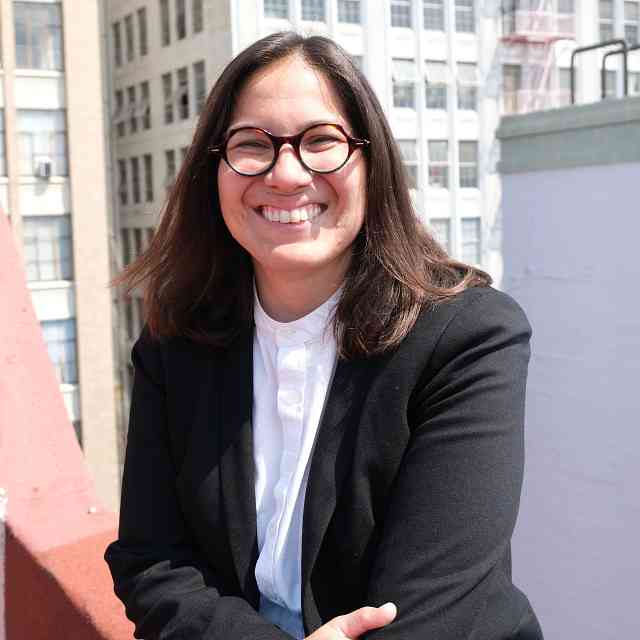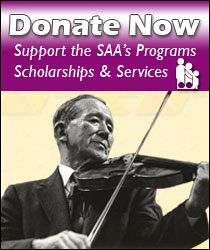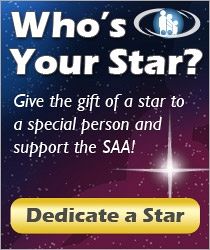Dissonance
Am I someone who embraces dissonance, or do I run away? It likely depends on the day, but I aim to be someone who embraces dissonance. The more we sit in dissonance, the more likely we are to move toward resolution—the musical concept that Sachiko Isihara so beautifully outlines in her article in this journal issue.
Humans are wired to avoid dissonance. We love familiarity, comfort, and safety, and tend to stick to the things we know. We pick our tribes, which often align with our own beliefs and values. When we come across something that may not align with our own thinking, thoughts, and values, we often avoid it, or nod in agreement, unwilling to experience the dissonance or engage with difference.
Following the legacy of Pam Brasch, who led our organization for over thirty years, I’ve been asked by many of you how I’ve managed to navigate the dissonance present in our organization at the start of my role. Our organization continues to grapple with rapid change and increasingly polarized views. I don’t always handle dissonance well, but every day, I’m grateful for the opportunity to learn from the entire tapestry of perspectives, feelings, and opinions that our brilliant members hold.
While I love being surrounded by people who think in the ways that I do, I am a better human because of the variety of opinions, perspectives, and experiences in my orbit. I’ve grown significantly by having my own opinions and thoughts challenged by the thoughts of members like you, who write to me to share viewpoints that sometimes challenge my own.
I recently read the book Belonging Without Othering by john a. powell, which asks the question: Are we humans capable of feeling and creating a sense of belonging without creating an “other”? In my experience, we struggle to. How do we move from trying to change others’ opinions or behaviors, and toward trying to understand them?
Of course, as always, Dr. Suzuki’s vision and capacity for this was years ahead of ours. As Ed Sprunger writes in this issue, while I cannot hold a conversation with Dr. Suzuki, I often imagine talking with him about his vision for the world, and how he might respond to the dissonance present in it. This vision was, at its core, kind, generous, and hopeful. It embraced dissonance—firmly rooted in disagreement with the belief that talent was only available to some. We are fortunate that Dr. Suzuki experienced and held dissonance for so long in our world, and we are lucky to continue his work. Enjoy this issue, and I look forward to seeing (at least some of) you at this month’s Summit!
Angelica Cortez
Executive Director







